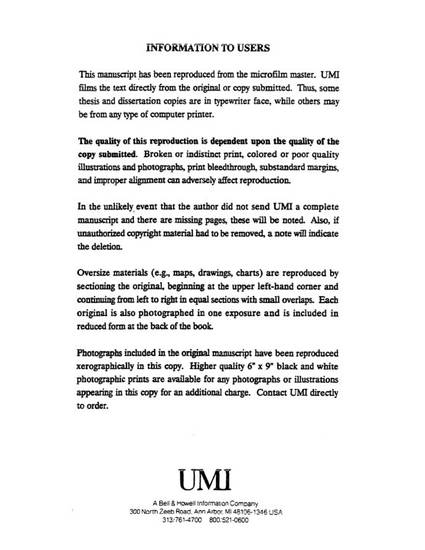
The sensitivity of five strains of Listeria to electron beam irradiation in ground pork were investigated. Ground pork was inoculated with one of five strains of Listeria and irradiated from 0 to 1.25 kGy in 0.25 kGy intervals. Listeria innocua NADC 2841 was more radiation-resistant (D10 = 0.638 kGy) than L. monocytogenes NADC 2045 Scott A (D10 = 0.447 kGy), L. monocytogenes NADC 2783 (a hamburger isolate) (D10 = 0.424 kGy), L. monocytogenes ATCC 15313 (D10 = 0.445 kGy) and L. ivanovii NADC 3518 (D10 = 0.372 kGy), when recovered on tryptic soy agar supplemented with 0.6% yeast extract (TSAYE). D10 values for L. innocua, L. ivanovii and L. monocytogenes ATCC 15313 were lower when cells were recovered on modified Oxford (MOX) medium. These three strains were susceptible to radiation-induced sublethal injury, with the numbers of injured organisms increasing with irradiation dose. The two pathogenic strains of L. monocytogenes were not injured significantly at the dose levels used.;In a second study, the effects of type of radiation (X-rays and electrons), product temperature (4, -20, and -78°C), packaging atmosphere (air, vacuum, and nitrogen), and recovery medium (tryptic soy agar + 0.6% yeast extract (TSAYE), modified Oxford medium (MOX)) on the radiation sensitivity of a mixture of strains of Listeria monocytogenes (Scott A. Murray B. and V7) in ground beef were investigated. Irradiation doses ranged from 0 to 2.0 kGy in 0.5 kGy intervals. Survival curves shoulders were observed under vacuum and nitrogen, regardless of temperature. D10 values were independent of packaging atmosphere and increased with decreasing temperature (except for X-rays from -20 to -78°C). They were 0.417 to 0.486 kGy at 4°C, 0.527 to 0.668 kGy at -20°C, and 0.648 to 0.704 kGy and 0.833 to 0.885 kGy at -78°C for X-rays and electrons, respectively. TSAYE yielded higher D10 values than MOX medium regardless of irradiation conditions. Sublethal injury increased at doses higher than 0.5 kGy and did so more slowly at -78°C than at -20 and 4°C.;Our results indicate that the dose ranges currently being considered by the Food and Drug Administration for the irradiation of red meats (1.5 to 4.5 kGy if fresh, 2.5 to 7.0 kGy if frozen) are adequate for the elimination of L. monocytogenes.
Available at: http://works.bepress.com/rodrigo_tarte/1/
